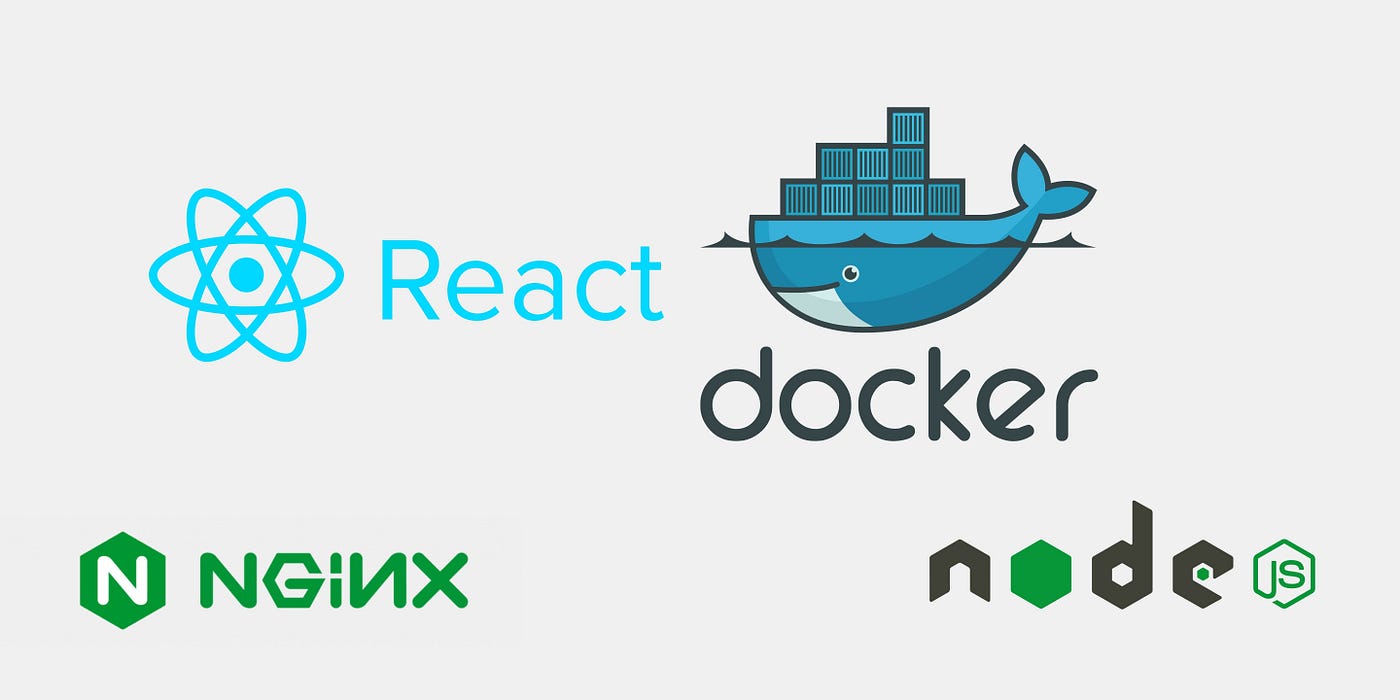Developing a RESTful API and incorporating template parsing in Go might seem daunting at first, especially for beginners. However, fear not! This guide will take you through the process step by step, making it simple to understand and follow along.
Why Go?
Firstly, why Go? Go, also known as Golang, has gained popularity for its simplicity, efficiency, and concurrency support. It’s a statically typed, compiled language that offers a great standard library, making it ideal for building scalable and high-performance applications.
Benefits of Go
Go, has gained popularity for several reasons:
- Concurrency: Goroutines and channels for easy and efficient concurrency.
- Performance: Compiles to fast machine code.
- Simplicity: Clean syntax and minimalistic design.
- Static Typing: Early error detection, more reliable code.
- Standard Library: Rich set of tools and packages.
- Tooling: Powerful built-in tools for formatting, testing, and more.
- Cross-platform: Compile once, run anywhere.
- Community Support: Active and growing community with plenty of resources.
- Scalability: Well-suited for building large-scale applications.
- Google’s Backing: Developed and supported by Google.
- Deployment: Produces standalone binaries for easy distribution.
Using Gin Framework
For building REST APIs in Go, we’ll use the Gin web framework. Gin provides a fast and minimalist framework for creating web applications, making it an excellent choice for building APIs.
Gin framework reference: https://gin-gonic.com/
Template Parsing
In addition to building APIs, we’ll also explore template parsing in Go. Go’s built-in template package allows us to generate dynamic content for our web applications.
Setting Up Your Environment
Before you start coding, you need to set up your Go development environment. Install Go from the official website (https://golang.org/) and set up your workspace. Ensure that your Go installation is properly configured by checking your environment variables.
Initializing Your Project
Create a new directory for your project and navigate into it:
mkdir my-golang-app
cd my-golang-appTo initialize a new Go module, you can use the `go mod init` command followed by the name of your module. Here’s how you can do it:
go mod init example.com/my-golang-appSet up your project structure. For example:
/my-golang-app
- /templates
- index.html
- main.go
...
`/templates`: Place your HTML template files here.
`main.go`: This file will be the entry point of your application.Installing Gin Framework
Gin is a lightweight web framework for Go. You can install it using go get:
go get -u github.com/gin-gonic/ginThis command fetches Gin and its dependencies and installs them in your Go workspace.
Creating REST API Endpoints
Create a new file named main.go and add the following code:
package main
import (
"github.com/gin-gonic/gin"
"net/http"
)
func main() {
r := gin.Default()
r.GET("/resource", func(c *gin.Context) {
// Handle GET request
c.JSON(http.StatusOK, gin.H{"message": "GET request"})
})
r.POST("/resource", func(c *gin.Context) {
// Handle POST request
c.JSON(http.StatusOK, gin.H{"message": "POST request"})
})
// Define handlers for other HTTP methods
r.Run(":8080")
}
Implementing Template Parsing
Gin provides built-in support for template rendering. Let’s create a simple HTML template to render:
<!-- templates/index.html -->
<!DOCTYPE html>
<html lang="en">
<head>
<meta charset="UTF-8">
<meta name="viewport" content="width=device-width, initial-scale=1.0">
<title>Golang API Template</title>
</head>
<body>
<h1>Hello, {{.Name}}!</h1>
</body>
</html>
Modify the router code in main.go to include template rendering:
r.LoadHTMLGlob("templates/*")
// Define your routes here
r.GET("/hello", func(c *gin.Context) {
c.HTML(http.StatusOK, "index.html", gin.H{
"Name": "Gopher",
})
})Grouping API Versions
To organize your API endpoints by version, you can use Gin’s Router Group feature:
v1 := r.Group("/v1")
{
v1.GET("/resource", func(c *gin.Context) {
// Handle GET request for version 1
c.JSON(http.StatusOK, gin.H{"message": "GET request, version 1"})
})
// Define other endpoints for version 1
}
// Group Endpoint: http://localhost:8080/v1/resourceGrouping API versions helps in maintaining backward compatibility and managing changes over time.
Implementing Authentication
Create an authentication middleware to handle authentication logic. For example, validating cookies:
func authMiddleware() gin.HandlerFunc {
return func(c *gin.Context) {
// Check authentication here
if authenticated {
c.Next()
} else {
c.AbortWithStatus(http.StatusUnauthorized)
}
}
}
// Use the middleware
r.Use(authMiddleware())
{
r.GET("/ping", func(c *gin.Context) {
// Handle GET request for version 1
c.JSON(http.StatusOK, gin.H{"message": "Pong"})
})
}Adjust the authentication logic according to your application’s requirements.
Building Binary
Finally, build your project into a binary executable:
go build -o myapp .This command compiles your Go code and generates an executable named myapp
Now you can run your API with:
./myappYou’ll see the application logs displayed in the terminal, just like in this screenshot.

Visiting: http://localhost:8080/
When you visit http://localhost:8080/ in your browser, the application will serve the HTML template specified in your route handler.
With this detailed guide, beginners should be able to create their REST API and implement template parsing in Go using Gin.
Happy coding!



Informative Article